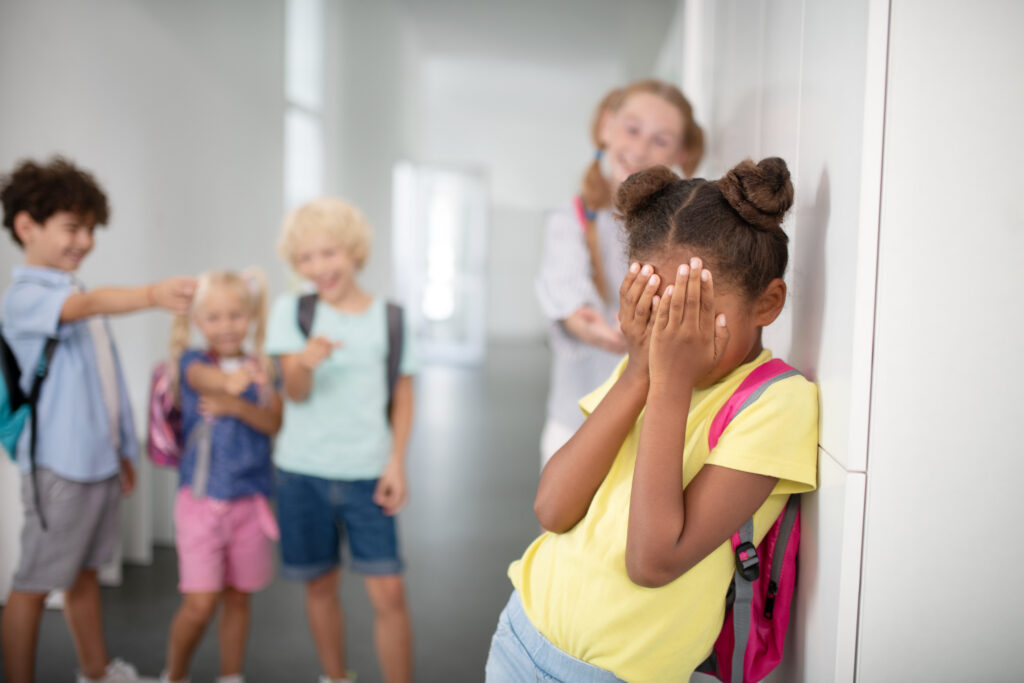WHAT IS BULLYING?


Types of Bullying
Bullying comes in many forms, and each can have a significant impact on the individual experiencing it:
- Physical Bullying: Includes hitting, kicking, pushing, or any form of physical aggression.
- Verbal Bullying: Involves name-calling, insults, threats, or hurtful teasing.
- Cyberbullying: Takes place online or through electronic devices, including social media harassment, spreading rumors, or sending mean messages.
- Social Bullying: Focuses on damaging someone’s relationships or reputation, such as exclusion, spreading gossip, or public humiliation.
Warning Signs for Parents and Educators:
Recognizing the signs of bullying is critical to intervening early. Look out for these indicators:
- Emotional Signs: Increased anxiety, depression, or irritability.
- Behavioral Changes: Avoidance of school, social withdrawal, or loss of interest in activities.
- Physical Indicators: Unexplained injuries, damaged belongings, or changes in eating/sleeping habits.
- Academic Impact: Sudden drop in grades or reluctance to participate in school.

The Impact of Bullying on Adolescents
Bullying can have long-lasting effects on a young person’s mental, emotional, and physical well-being:

Understanding the realities of bullying is key to creating safe spaces where every adolescent feels valued, respected, and free to grow. Together, we can make a difference by staying informed and taking action.
Myths vs. Facts About Bullying
There are many misconceptions about bullying that can prevent effective action. Let’s debunk a few:
| Myths: | Fact: |
|---|---|
| Bullying is just a part of growing up. | Bullying is not normal or acceptable. It has serious consequences and must be addressed. |
| If a child doesn’t complain, they’re fine. | Many victims don’t speak up due to fear, shame, or uncertainty about how others will react. |
| Bullies are just acting out because they have low self-esteem. | While some bullies may struggle with self-esteem, others may act out due to a desire for power or control. |
